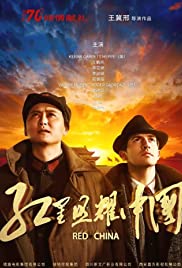
Based on actual accounts, this film portrays the days and hours before and during the invasion of the Falkland Islands by Argentina, which eventually lead to the Falklands War. As the Argentine forces land on the main island and make their way towards Government House, the handful of British defenders batten down the hatches and prepare to defend Governor Rex Hunt, his family, and their fellow islanders from the invaders.
You May Also Like
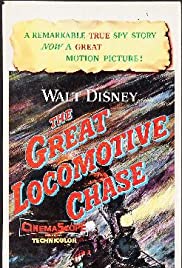
During the Civil War, a Union spy, Andrews, is asked to lead a band of Union soldiers into the South so that they could destroy the railway system. However, things don’t go as planned when the conductor of the train that they stole is on to them and is doing everything he can to stop them. Based on a true story.
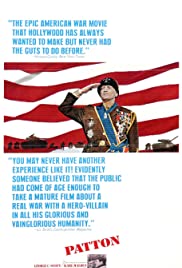
“Patton” tells the tale of General George S. Patton, famous tank commander of World War II. The film begins with patton’s career in North Africa and progresses through the invasion of Germany and the fall of the Third Reich. Side plots also speak of Patton’s numerous faults such his temper and habit towards insubordination.

The Eugenics Crusade tells the story of the eugenics movement and its long history in the United States, from its beginnings in the study of heredity, to its rise as a popular movement promising to uplift the human race through state sponsored sterilization, to its influence on immigration laws designed to close our borders to groups deemed genetically inferior.
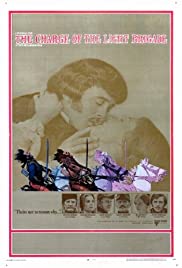
A chronicle of events that led to the British involvement in the Crimean War against Russia and which led to the siege of Sevastopol and the fierce Battle of Balaclava on October 25, 1854 which climaxed with the heroic, but near-disastrous calvary charge made by the British Light Brigade against a Russian artillery battery in a small valley which resulted in the near-destruction of the brigade due to error of judgement and rash planning on part by the inept British commanders.
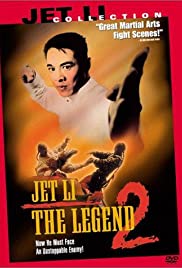
The hero Fong Sai Yuk becomes involved in the secret brotherhood “The Red Flower”, who are trying to overthrow the Manchurian emperor and re-establishing the Ming dynasty. The social upheaval is combined with Sai Yuk’s personal moral conflict about how to conform to the rigid regime of the brotherhood and on top of that sort out his difficult love life, saddled with two presumptive wives.

The end of Trajan’s Dacian Wars (106 AD), when south western Dacia was transformed into a Roman province: Roman Dacia.

As the 1914 summer sun heats up mainland Europe, World War One crashes down across the fractured peninsula. Living in Paris, Dutchman Arthur Knaap yearns to serve, protect and defend his beloved nation and joins the Foreign Legion.

Film opens with the mad rush of haphazard freedom as the concentration camps are liberated. Men are trying to grab food, change clothes, bury their tormentors they find alive. Then they are herded into other camps as the Allies try to devise policy to control the situation. A young poet who cannot quite find himself in this new situation, meets a headstrong Jewish young girl who wants him to run off with her, to the West. He cannot cope with her growing demands for affection, while still harboring the hatred for the Germans and disdain for his fellow men who quickly revert to petty enmities.
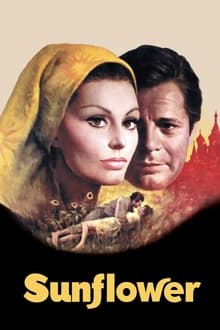
At the end of World War II, Giovanna, a war bride living near Milan refuses to accept that her husband, Antonio, missing on the Russian front, is dead. There’s a flashback to their brief courtship near her hometown of Naples, his 12-day leave to marry her, ruses to keep from deployment, and the ultimate farewell. Some years after the war, still with no word from Antonio, Giovanna goes to Russia to find him, starting in the town near the winter battle when he disappeared. Armed with his photograph, what will she find?
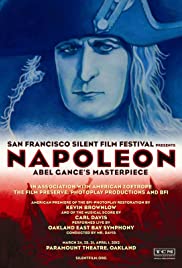
A massive 5 1/2 hour biopic of Napoleon, tracing his career from his schooldays (where a snowball fight is staged like a military campaign), his flight from Corsica, through the French Revolution (where a real storm is intercut with a political storm) and the Terror, culminating in his triumphant invasion of Italy in 1797 (the film stops there because it was intended to be part one of six, but director Abel Gance never raised the money to make the other five). The film’s legendary reputation is due to the astonishing range of techniques that Gance uses to tell his story, culminating in the final twenty-minute triptych sequence, which alternates widescreen panoramas with complex multiple- image montages projected simultaneously on three screens.
